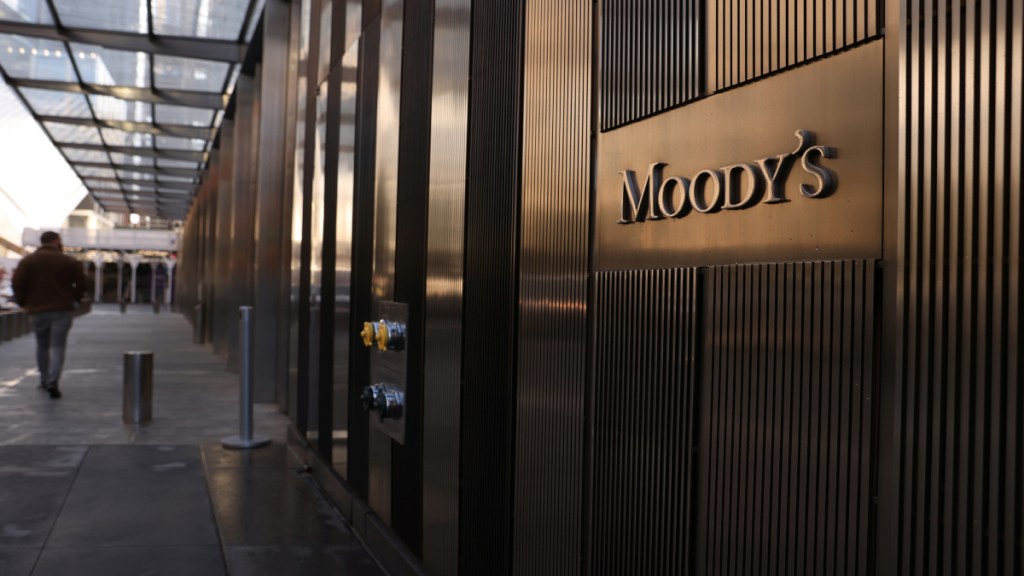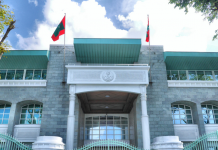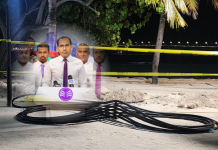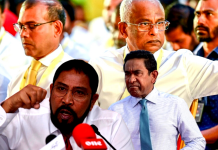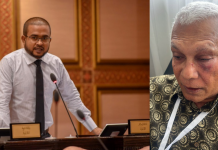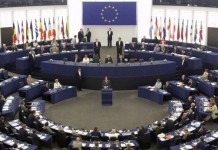Moody’s, a global credit rating agency, has kept the Maldives’ credit rating at Caa2, meaning the country is still seen as high-risk and close to default. At the same time, the agency changed the outlook from negative to stable, which some government officials celebrated as a big achievement.
But what does this really mean?
What Moody’s is saying in simple terms
- Rating stays the same — Caa2
- Meaning: The Maldives is still risky for investors.
- Example: It’s like a person with a bad credit score. Their score hasn’t improved — they are still considered risky to lend money to.
- Outlook changes to “stable”
- Meaning: Moody’s thinks things aren’t getting worse immediately, but it doesn’t mean the country’s finances are better.
- Example: Imagine someone who keeps losing money every month. Suddenly they stop losing money — they’re not rich yet, but they’re not losing more either.
- Why the outlook improved slightly
- Tourism earnings are good.
- The Sovereign Development Fund (SDF) has some money saved.
- The Maldives can still borrow from friendly countries.
- Example: A family with huge debts gets extra income from a side job and a relative promises to help. They’re still in trouble, but the crisis isn’t getting worse immediately.
Why Maldives is still in serious financial trouble
Moody’s listed several problems:
- Very high debt – Government owes 114% of GDP.
- Example: If your monthly salary is MVR 10,000 but you owe MVR 11,400, you are already in trouble.
- Big payments coming soon in foreign currency
- Example: You need to pay back a dollar loan, but you only have Rufiyaa.
- Economy depends too much on tourism
- Example: A family that depends on one person for income is vulnerable if that person loses the job.
- Weak governance – Institutions are slow to act in crises.
- Climate risk – Rising sea levels threaten the low-lying islands.
- Refinancing risks – About 40% of government debt is short-term domestic borrowing, which must be rolled over constantly.
Why the Muizzu government celebrated
Despite these warnings, government officials treated the outlook change as a victory. Here’s why:
- Spin for public perception:
- “Stable outlook” sounds positive and easier to explain to citizens than “Caa2 high-risk rating.”
- Political optics:
- Officials want to show that their policies are improving the economy, even though the rating itself hasn’t changed.
- Highlight tourism and foreign support:
- They emphasized good tourism earnings and access to loans from friendly countries as evidence of “success.”
- Avoid criticism:
- By celebrating a technical change in wording, they can claim they are achieving results while ignoring the real risks highlighted by Moody’s.
Bottom line for citizens
- The rating is still very risky.
- The Maldives still faces high debt, big loan payments, and reliance on tourism.
- The “stable” outlook is only a small technical relief — it does not mean the economy is safe.
The government is celebrating a small wording change, while the country’s real financial problems remain serious.

